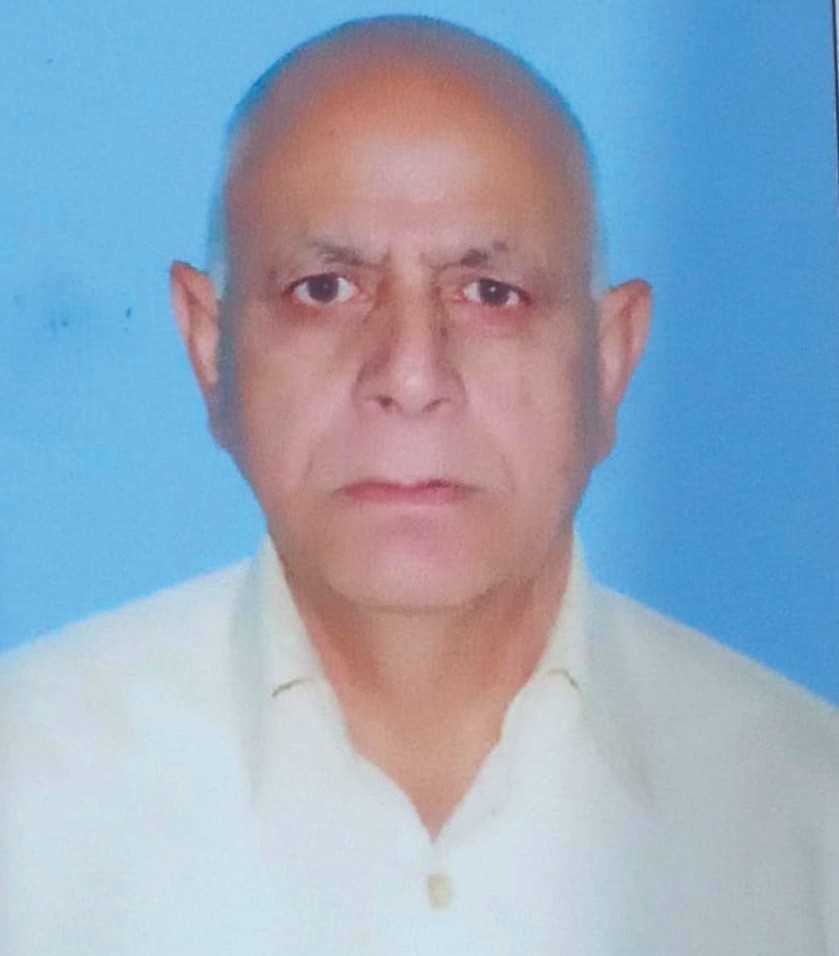
Used balloons turn into waste, the waste that gets ugly, even uglier when it moves from one ecosystem to another
Releasing balloons on special occasions and festivities has become a part of most of our celebrations. Balloon decorations on weddings, birthdays and social events add color and vibrance to the environment. Balloons are everywhere, be it National Days (Independence Day, Republic Day, National Unity Day) or social events (Weddings, Valentine Days, Friendship days, Parties, Business Events, Launches) and have become a part of many commemorative days that have social, cultural, or even environmental significance.
But do we ever think and wonder about the fate of this material when the show is off, and the event ends? Have you ever thought where do these beautiful, colored, inflated, decorative items find their abode? Released balloons can travel long distances before landing in natural habitats, water bodies, or urban areas, and other pristine havens posing a threat to wildlife and marine ecosystems. Exact statistics on the amount of waste generated from balloons in India is difficult to point out as specific data is not calculated, and it is categorized as non-biodegradable waste forming just a component of the waste. Besides, the nature of waste management and reporting systems in our country is still not so stringent and absolute. However, it is evident that balloon waste contributes to the overall plastic pollution problem in the country.
Used balloons turn into waste, the waste that gets ugly, even uglier when it moves from one ecosystem to another. This waste is of significant concern when released into the environment. These balloons litter the streets, clog the water bodies, and natural habitats, causing harm to a variety of living organisms. Balloons are often made from non-biodegradable materials. The process of making balloons is also not eco-friendly. Waste generated during the balloon-making process can vary depending on the type of balloons being produced. Latex and plastic both are used and excess material after the balloons are moulded, dipped, or cut into shape is generated in huge amounts. During quality control checks, balloons that fail the quality check and are imperfect are discarded. This along with excess or unused materials from the mixing process during manufacturing is dumped in water bodies. Go to a factory making these balloons and you would never buy them. These days printing of balloons for the specific events is also done and printing ink, adhesives, and other decorating materials contain harmful toxic substances that also pose occupational hazards to the workers.
Various research studies and published documents by United Nations Environment Programme (UNEP), World Resources Institute (WRI), Central Pollution Control Board (CPCB), Government of India have clearly indicated that torn balloons entangle the wild animals, balloon parts are mistaken as food by other animals leading to choking, malnutrition and even death. Particularly vulnerable to balloon-related hazards is marine life (fish, seabirds, and water animals). In public spaces, accumulated balloon waste degrades the aesthetic appeal, especially in urban areas.
On 15th August we celebrate our Independence Day and sure most of us would have thought of balloon decorations. This year we have adopted Mission LIFE (Lifestyle Change for the Environment). Let us mitigate the environmental impact of balloon waste by using and promoting alternative decorations (cloth, chunnis/dupattas and material made of paper). These can be reused again for other events. By choosing more sustainable and eco-friendly decoration options, we as individuals and institutions (be it schools, colleges, offices both government and private) can contribute our bit on this Independence Day and make this day of freedom, beautiful and forever beautiful.
Wish you all an Environment Friendly Independence Day! Together we can bring a change!
Email:-------------------drmkoul@gmail.com

Used balloons turn into waste, the waste that gets ugly, even uglier when it moves from one ecosystem to another
Releasing balloons on special occasions and festivities has become a part of most of our celebrations. Balloon decorations on weddings, birthdays and social events add color and vibrance to the environment. Balloons are everywhere, be it National Days (Independence Day, Republic Day, National Unity Day) or social events (Weddings, Valentine Days, Friendship days, Parties, Business Events, Launches) and have become a part of many commemorative days that have social, cultural, or even environmental significance.
But do we ever think and wonder about the fate of this material when the show is off, and the event ends? Have you ever thought where do these beautiful, colored, inflated, decorative items find their abode? Released balloons can travel long distances before landing in natural habitats, water bodies, or urban areas, and other pristine havens posing a threat to wildlife and marine ecosystems. Exact statistics on the amount of waste generated from balloons in India is difficult to point out as specific data is not calculated, and it is categorized as non-biodegradable waste forming just a component of the waste. Besides, the nature of waste management and reporting systems in our country is still not so stringent and absolute. However, it is evident that balloon waste contributes to the overall plastic pollution problem in the country.
Used balloons turn into waste, the waste that gets ugly, even uglier when it moves from one ecosystem to another. This waste is of significant concern when released into the environment. These balloons litter the streets, clog the water bodies, and natural habitats, causing harm to a variety of living organisms. Balloons are often made from non-biodegradable materials. The process of making balloons is also not eco-friendly. Waste generated during the balloon-making process can vary depending on the type of balloons being produced. Latex and plastic both are used and excess material after the balloons are moulded, dipped, or cut into shape is generated in huge amounts. During quality control checks, balloons that fail the quality check and are imperfect are discarded. This along with excess or unused materials from the mixing process during manufacturing is dumped in water bodies. Go to a factory making these balloons and you would never buy them. These days printing of balloons for the specific events is also done and printing ink, adhesives, and other decorating materials contain harmful toxic substances that also pose occupational hazards to the workers.
Various research studies and published documents by United Nations Environment Programme (UNEP), World Resources Institute (WRI), Central Pollution Control Board (CPCB), Government of India have clearly indicated that torn balloons entangle the wild animals, balloon parts are mistaken as food by other animals leading to choking, malnutrition and even death. Particularly vulnerable to balloon-related hazards is marine life (fish, seabirds, and water animals). In public spaces, accumulated balloon waste degrades the aesthetic appeal, especially in urban areas.
On 15th August we celebrate our Independence Day and sure most of us would have thought of balloon decorations. This year we have adopted Mission LIFE (Lifestyle Change for the Environment). Let us mitigate the environmental impact of balloon waste by using and promoting alternative decorations (cloth, chunnis/dupattas and material made of paper). These can be reused again for other events. By choosing more sustainable and eco-friendly decoration options, we as individuals and institutions (be it schools, colleges, offices both government and private) can contribute our bit on this Independence Day and make this day of freedom, beautiful and forever beautiful.
Wish you all an Environment Friendly Independence Day! Together we can bring a change!
Email:-------------------drmkoul@gmail.com
© Copyright 2023 brighterkashmir.com All Rights Reserved. Quantum Technologies